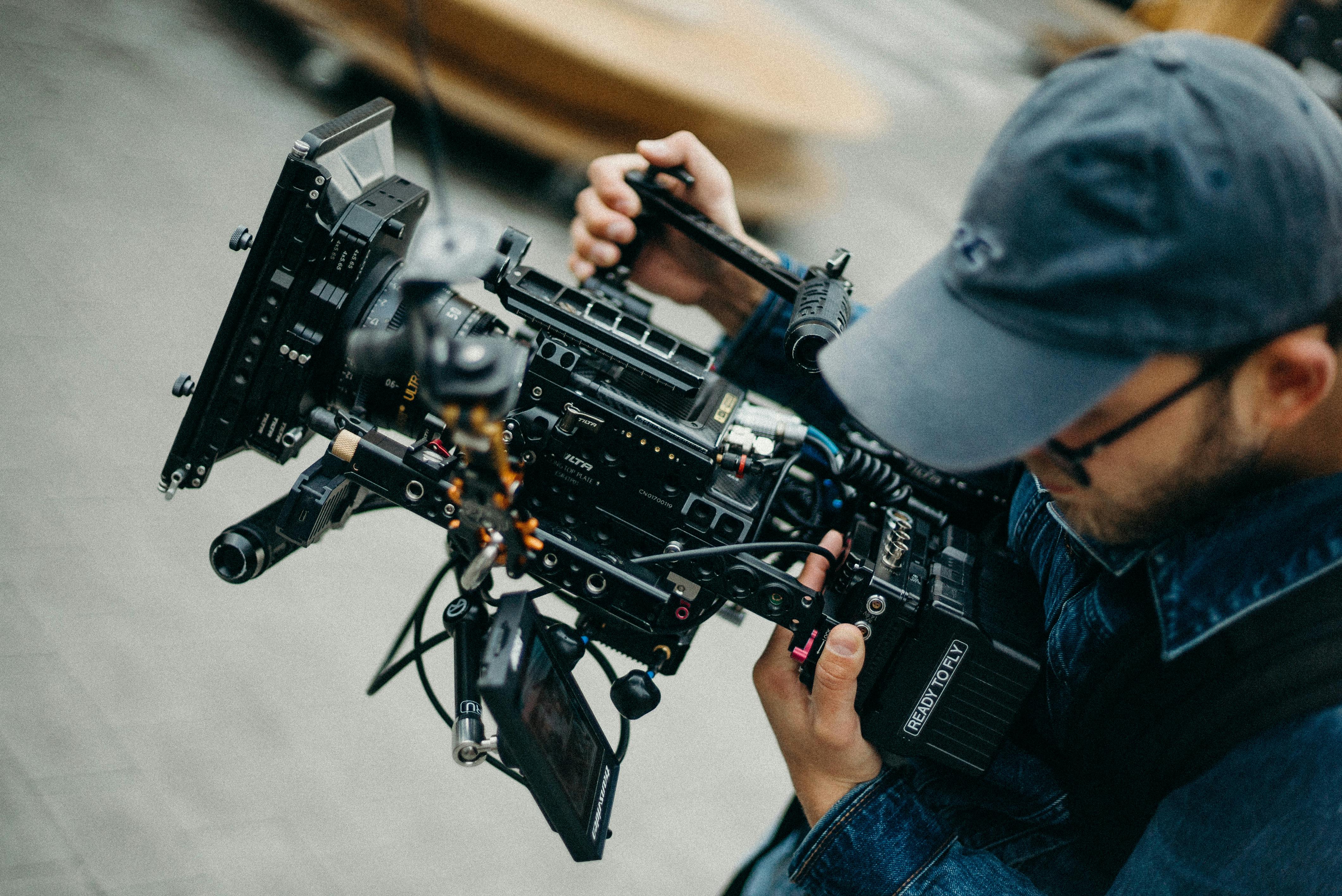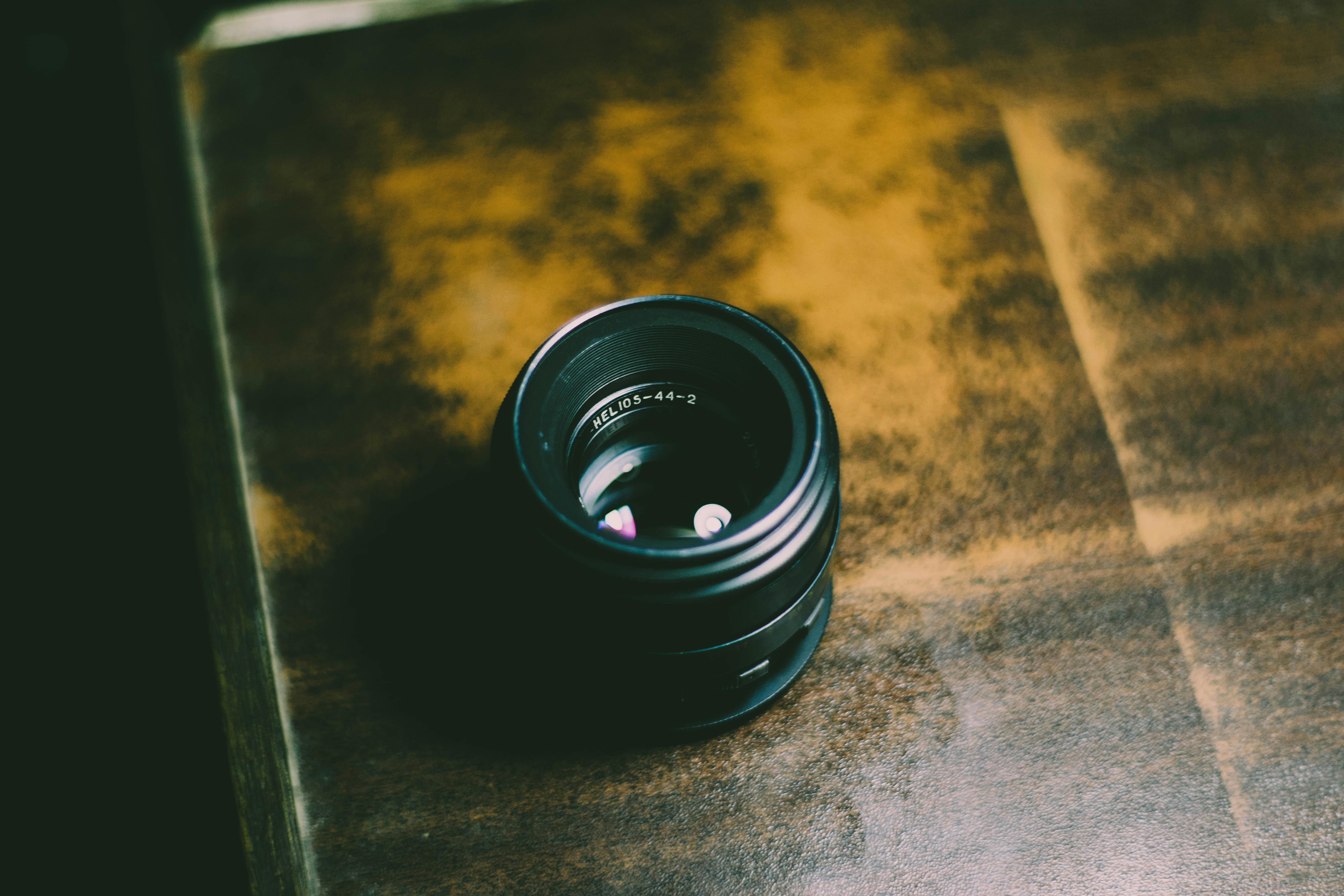A CONTEMPORARY MEDIUM
Oil pastels are a fairly new artistic medium. In the mid-1920s, the first soft pastel was developed. Called Cray-pas, this soft pastel was considered an improvement on crayons. It wasn’t until 1947, at the request of artists Pablo Picasso and Henri Goetz, that material manufacturer Sennelier set out to create a smooth, artist-quality pastel.
Picasso wanted a pastel stick that could be used on a variety of surfaces, such as wood, clay, or canvas. Goetz wants a pastel that can be used frankly and immediately, and that allows him to work directly on a surface, without brushes, spatulas or any other type of tool.
Sennelier introduced a soft oil pastel in 1949. It had a desirable smooth consistency, was available in a wide range of brilliant colors, and the pigments were of a permanent, acid-free professional quality. Sennelier oil pastels were the seminal sticks of oil pastels from which all other brands originated. More recently, a larger oil pastel stick was developed that allows artists to create large, colorful works, without the accessories of oil painting: turpentine, linseed oil, rags, brushes, palettes, and spatulas. The qualities of immediacy and directness have made large oil sticks popular with many contemporary artists.
The pigments in hard pastels, oil pastels, and oil sticks are the same as those used in oil paints. The essential difference between oil paints, hard and soft pastels, and oil sticks is the binding ingredient used to hold the pigments together. Oil paints are basically pigments in a base of linseed oil and drying agents, liquid enough to be extruded from a tube. Hard pastels have less oil and wax binder than oil pastels. Oil pastels, having more oil and wax content, are softer in consistency and body. To date, oil pastels are available in two qualities: student and professional.
HARD AND SOFT – THE DIFFERENCE
Chalk or hard pastels have been around since the Renaissance. (Leonardo DaVinci wrote about pastels and many of his drawings were done with red chalk.) Hard pastels can be mixed with your finger or a small mixing stick to produce subtle and delicate shades and embossing effects. Due to their hard, dry consistency, they are powdery, semi-transparent, and excellent for creating smooth, “seamless” color transitions.
Because oil pastels are softer, they are semi-opaque in nature. One color can be superimposed on another color and cover it successfully. Many overlapping layers can be created. Two-color integration with oil pastels can be done with networks of small lines or strokes. Because oil pastels have great covering power, they can replicate the process of painting with oil or acrylic paints.
Oil pastels, because of their wax and oil content, never dry completely. For the finished artwork, an application of acrylic varnish will protect the surface of the oil pastel. An oil pastel work of art is best protected with a mat, glass, and a frame. Diluted, the consistency of an oil pastel is very close to that of water color and can be used in transparent color washes and overlays. Oil pastels can be thinned with turpentine or mineral spirits. Oil pastels can be used on any porous surface. The best support for durability and permanence is a heavyweight, acid-free, archival primed paper, cardboard, or canvas.
CREATING A SUNSET – VIBRANT COLOR TRANSITIONS
When depicting a sunset, for example, where colors can consist of a variety of orange, red, purple, and blue tones, the integration of each color area can be done by blending one color with another by layering it with networks of small lines. . By laying down an area of light orange, then going over it with small strokes of dark orange, you’ll start the grading. The light orange can be layered back on top of the dark orange to introduce the necessary light/dark gradations. Then the darker orange can be incorporated to make the gradation more explicit. By using small networks of lines, each color can be combined with other colors until the desired effect is achieved. By mixing colors in this way, the transitions from one color to another are smooth, but the vibrant quality of the networks of intermingled colors is preserved.
CREATING A SELF-PORTRAIT – SUBTLE COLOR TRANSITIONS
Another example of color integration with oil pastels can be demonstrated in the self-portrait. Upon close observation, the skin can be seen to have many subtle flesh colors. An area on the cheeks, for example, may be redder. The colored areas around the chin may have a yellow hue. The colored areas around the eyes can be blue or brown. Let’s take the cheek area, for example. A basic skin tone has been placed in that area. A redder blush of the skin tone can be produced by introducing a network of small lines of a light pink color over this. Now the flesh tone color can be overlaid with small lines on top of the light pink. The interaction between these two color areas will produce the blush in the cheek area. By working with interchanges of these two colors, a third or even fourth color, for example light blue or light green, can be subtly intertwined with the flesh tone and pink networks to produce subtle color passages that further replicate the many colors exhibited in meat. .
PORTABILITY – THE LEGACY OF PICASSO
Whether you choose to head out into the woods, the seaside, or your backyard to create a colorful and painterly piece of art, there is definitely an advantage to using oil pastels. Simply pack up your box of oil pastels, paper tablet and off you go! In your hand, oil pastels will act quickly to capture a certain slant of sunlight. a coastline rapidly changing from green to blue due to clouds rising from the horizon or shadows moving across a forest landscape.
In fact, you can see how oil pastels were a product of Picasso’s need to work quickly, with expression, and using a wide range of wonderful colors. And he can use his oil pastel drawings and sketches as references for oil paintings because the colors of oil pastels translate well into the painting medium. Immediacy and directness are qualities of oil pastels that make them a truly contemporary medium.
STUDENT OR PROFESSIONAL QUALITY?
If you are considering working with oil pastels, buy good quality (professional) pastels. They will have a dense body of pigment and stronger layering qualities. Professional quality pastels will more accurately duplicate the small line grid color integration technique described in this article.
Cheaper student grade oil pastels have a higher wax content and because the pigment body is less dense, they often look more like crayons and won’t overlap or cover well. In cheaper oil pastels, often the more expensive pigments have more wax and oil binders. This keeps the price low, but also the quality. For the most part, student quality oil pastels are much more transparent and the colors, even after heavy application, will appear washed out and washed out.
TO ENJOY!
The brilliance of colors, ease of use, and portability of oil pastels make this art medium a wonderful tool to try, whether you’re discovering your creative self or want to experiment with a new medium. Discover oil pastels for yourself and enjoy creating beautiful and colorful works of art!




